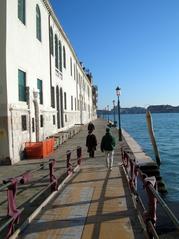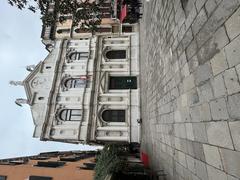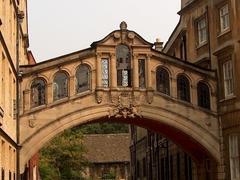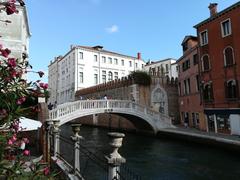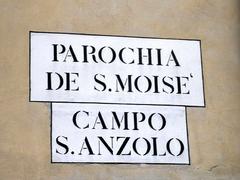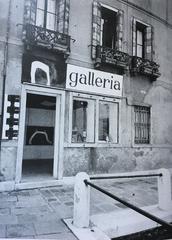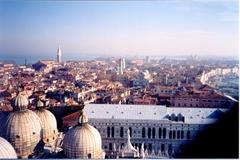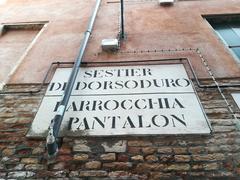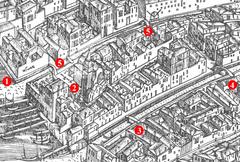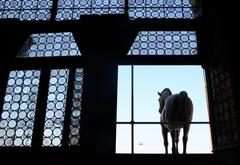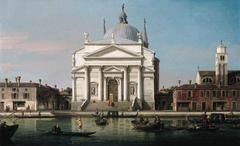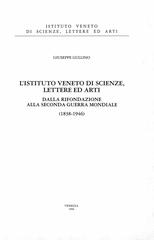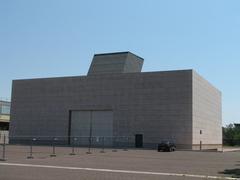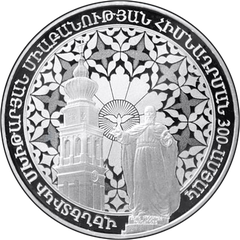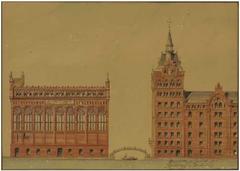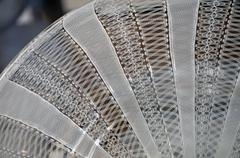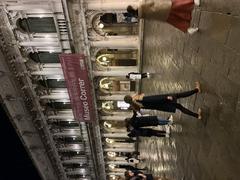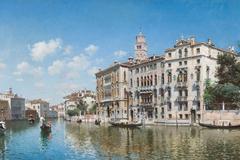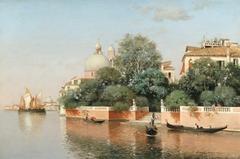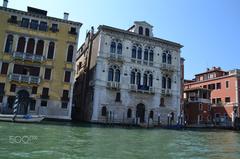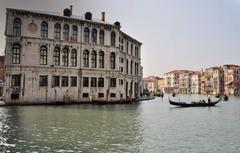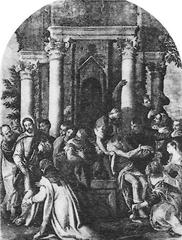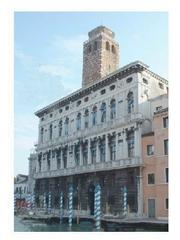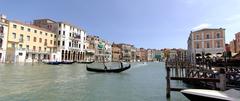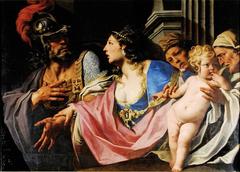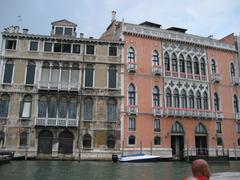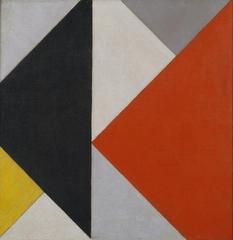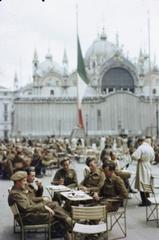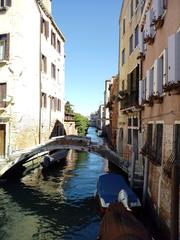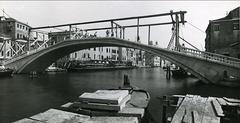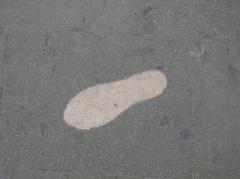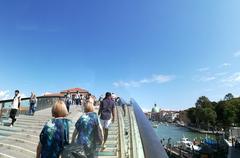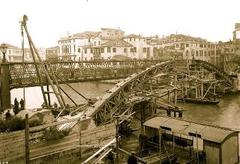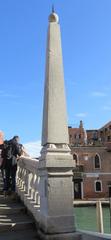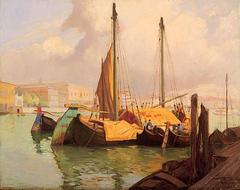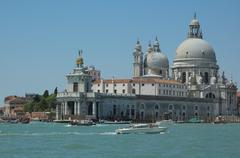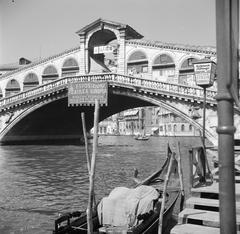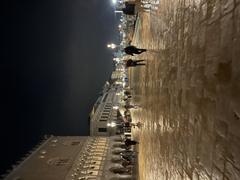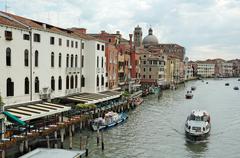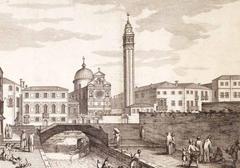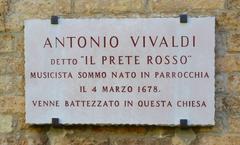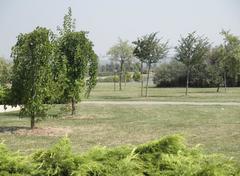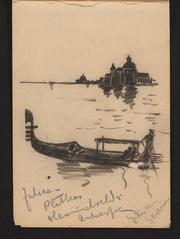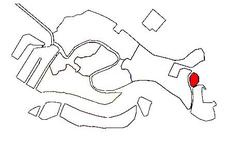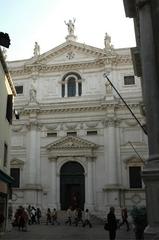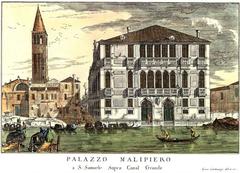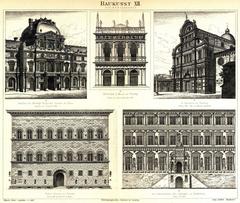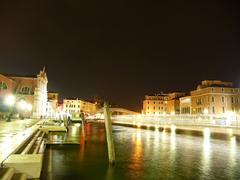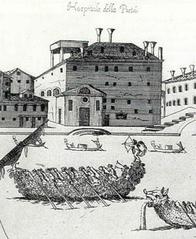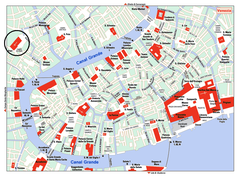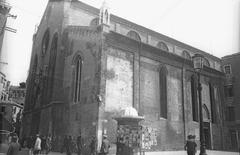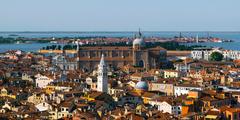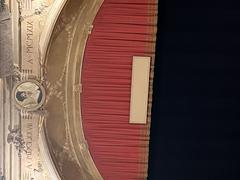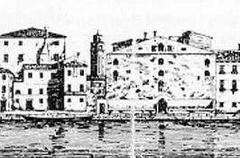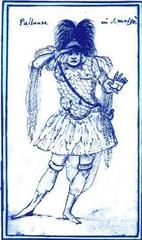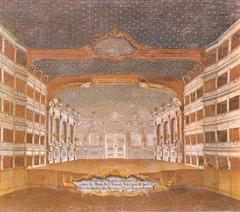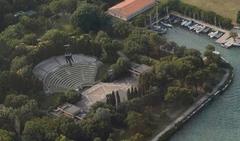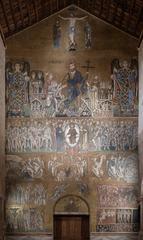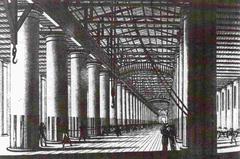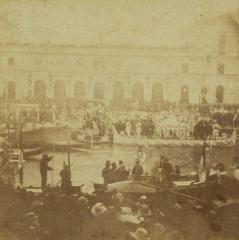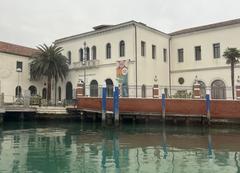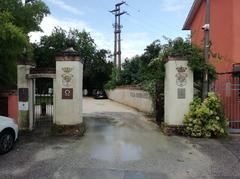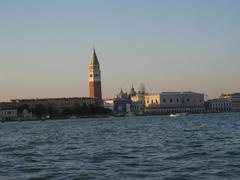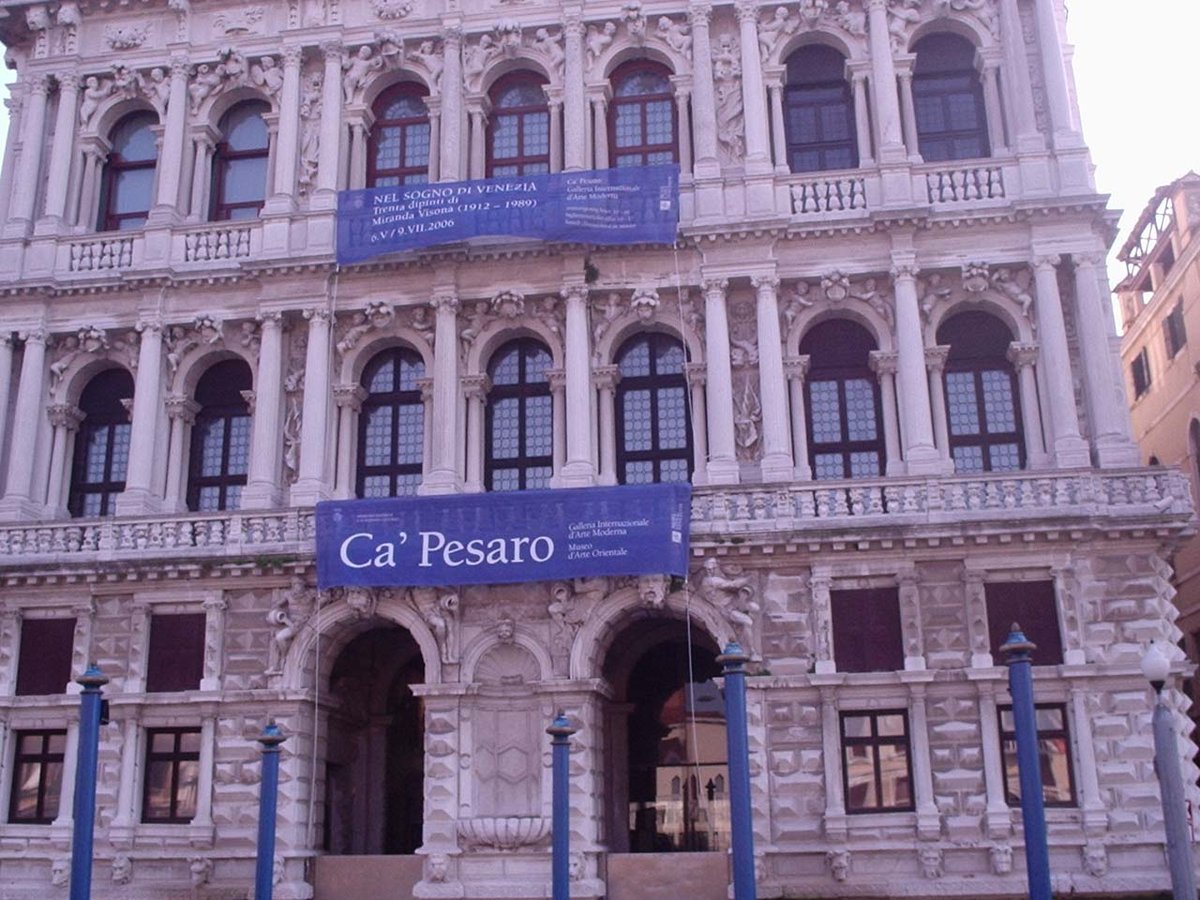
Complete Visitor’s Guide to Ca’ Pesaro in Venice, Italy
Publication Date: 18/07/2024
Introduction to Ca’ Pesaro
Contents Overview
- Introduction
- History and Significance
- The Pesaro Family - Power and Prestige
- Building a Masterpiece - Architectural Evolution
- From Family Home to Cultural Hub - A Legacy Transformed
- Visitor Information
- Ticket Prices and Opening Hours
- Guided Tours and Special Events
- Travel Tips and Nearby Attractions
- Location
- Getting There
- Nearby Attractions
- Dining
- Accessibility
- Visuals and Media
- FAQ
- Conclusion
History and Significance
The Pesaro Family - Power and Prestige
The palace owes its existence to the prominent Pesaro family, a name synonymous with Venetian power and influence during the 16th and 17th centuries. The family’s roots can be traced back to the 13th century, and their rise to prominence was marked by their involvement in trade, politics, and military endeavors.
The Pesaro family produced several notable figures, including:
- Doge Leonardo Pesaro (1658-1659) - Leonardo’s reign as Doge, though brief, marked the pinnacle of the family’s political power. His image, immortalized in a statue within the palace, serves as a reminder of their legacy.
- Benedetto Pesaro (1659-1715) - A prominent figure in the Venetian navy, Benedetto’s victories against the Ottoman Empire further solidified the family’s standing.
The construction of Ca’ Pesaro was not merely an act of creating a grand residence; it was a statement of the Pesaro family’s wealth, power, and commitment to showcasing their status within Venetian society.
Building a Masterpiece - Architectural Evolution
The construction of Ca’ Pesaro began in the mid-17th century, a period when Venice was experiencing a flourishing of Baroque architecture. The renowned architect Baldassare Longhena, already celebrated for his work on the Basilica di Santa Maria della Salute, was commissioned for this ambitious project.
Longhena’s design for Ca’ Pesaro was groundbreaking. He envisioned a structure that would embody the grandeur of Baroque aesthetics while simultaneously reflecting the Pesaro family’s power and prestige. The palace’s construction unfolded in stages:
- 1659-1679 - The initial phase focused on the construction of the side facing the Grand Canal, showcasing Longhena’s mastery of Baroque ornamentation and his innovative approach to light and space.
- Late 17th - Early 18th Century - The second phase saw the completion of the palace’s interior, adorned with opulent decorations, frescoes, and sculptures, reflecting the family’s refined taste and significant art collection.
However, the palace’s construction faced a significant setback with Longhena’s death in 1682. His pupil, Antonio Gaspari, took over the project, successfully completing the Grand Staircase and the second floor, adhering to Longhena’s original vision.
From Family Home to Cultural Hub - A Legacy Transformed
Ca’ Pesaro remained the residence of the Pesaro family until the early 19th century. Following the fall of the Venetian Republic in 1797 and the subsequent decline of the Pesaro family’s fortunes, the palace was inherited by the last surviving member, Countess Felicita Bevilacqua.
Countess Bevilacqua, a visionary in her own right, bequeathed Ca’ Pesaro to the city of Venice in 1898, with a specific purpose - to transform the grand palace into a hub for art and culture. Her vision led to the establishment of two significant institutions within the palace walls:
- International Gallery of Modern Art - Founded in 1900, the gallery houses an impressive collection of 19th and 20th-century art, including works by renowned artists like Klimt, Chagall, and Kandinsky.
- Museum of Oriental Art - Established in 1901, the museum showcases a fascinating collection of Asian art, reflecting Venice’s historical trade links with the East.
Visitor Information
Ticket Prices and Opening Hours
- Opening Hours - Ca’ Pesaro is open Tuesday to Sunday from 10:00 AM to 6:00 PM. The palace is closed on Mondays and major holidays.
- Ticket Prices - General admission costs €10.00, while reduced tickets (for students, seniors, etc.) are available for €7.50. Children under the age of 6 can enter for free.
- Online Tickets - Tickets can be purchased online through the official Ca’ Pesaro website or at the entrance.
Guided Tours and Special Events
- Guided Tours - Guided tours are available in multiple languages and can be booked in advance. These tours offer deeper insights into the history and art collections of Ca’ Pesaro.
- Special Events - The palace frequently hosts temporary exhibitions, cultural events, and educational workshops. Check the official website for current and upcoming events.
Travel Tips and Nearby Attractions
Location
Ca’ Pesaro is located at Santa Croce, 2076, 30135 Venice, Italy, on the Grand Canal.
Getting There
The palace is easily accessible by vaporetto (water bus) with stops at San Stae or Ca’ d’Oro. Walking from the Rialto Bridge takes approximately 10 minutes.
Nearby Attractions
Consider visiting other historical sites nearby, such as the Rialto Bridge, St. Mark’s Basilica, and the Doge’s Palace.
Dining
Numerous cafes and restaurants are located near Ca’ Pesaro, offering a variety of Venetian cuisine.
Accessibility
Ca’ Pesaro is committed to ensuring accessibility for all visitors. The palace is equipped with ramps and elevators to accommodate wheelchair users. Accessible restrooms are also available.
Visuals and Media
FAQ
Q: What are the visiting hours for Ca’ Pesaro? A: Ca’ Pesaro is open Tuesday to Sunday from 10:00 AM to 6:00 PM and is closed on Mondays and major holidays.
Q: How much do tickets cost? A: General admission is €10.00, with reduced tickets available for €7.50. Children under 6 can enter for free.
Q: Are there guided tours available? A: Yes, guided tours are available in multiple languages and can be booked in advance.
Q: Is Ca’ Pesaro accessible for visitors with disabilities? A: Yes, the palace is equipped with ramps, elevators, and accessible restrooms.
Conclusion
Ca’ Pesaro stands as a testament to the enduring legacy of the Pesaro family and their contribution to Venetian art and culture. With its stunning Baroque architecture and vibrant cultural offerings, a visit to Ca’ Pesaro is an immersive experience that encapsulates the essence of Venetian history, artistry, and cultural heritage. Download our mobile app Audiala for more updates and follow us on social media to stay informed about upcoming events and exhibitions at Ca’ Pesaro.

